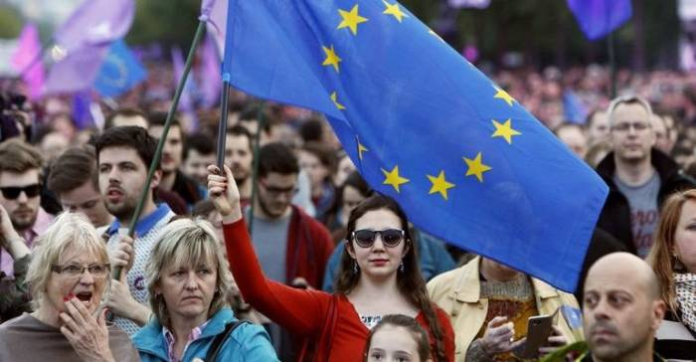The European Union has reached the highest population level in its history - 450.4 million people. The corresponding grade was published on July 11, noting that this growth was almost exclusively due to international migration.
Despite the record figures, according to analysts, the demographic situation in the EU remains critical. Over the last twelve years, a stable natural decline has been recorded in the block countries: annually the number of dead exceeds the number of births.
In 2024, in particular, only 3.56 million children were born in the European Union, while 4.82 million people died. This means minus 1.3 million due to natural reduction. This situation has been observed since 2012 and is only deepening.
The only factor that holds the EU population from a rapid fall is the inflow of migrants from outside the block. It is because of them that the total population continues to grow - albeit artificially. In many European countries, migrants have already played a prominent role in the labor market, filling in a niche that leaves the aging population.
However, this approach has risks: demographic dependence on external replenishment undermines long -term resistance. Especially taking into account the political sensitivity of the topic of migration in the Member States themselves.
The highest population growth was recorded in Malta (+19 people per 1000 population), Ireland (+16.3) and Luxembourg (+14.7). These countries demonstrate stable growth, mostly due to the attractive conditions for migrants and economic dynamics.
Instead, the population has declined in eight EU countries. The greatest fall - in Latvia (–9.9 per thousand), followed by Hungary (–4.7), as well as Poland and Estonia (–3.4).
In general, France, Germany and Italy remain the largest population - they account for 47% of all EU inhabitants.
Analysts say that new data again raise the need for a comprehensive demographic strategy for Europe. Failure to do with family policy, labor market and EU immigration regulation risks losing demographic stability. The balance between fertility, mortality and migration now determines the future of the European economy and the social model.


